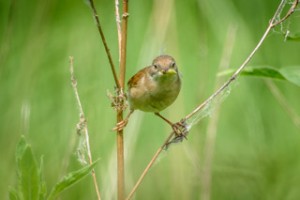Date: 13th November 2016 by Amanda, Anne and Terry, 0800 hrs to 1120 hrs
Weather : Cool, calm and misty morning, Temperature 6°C to 8°C
Blue Tit 16
Dunnock 9
Wood Pigeon 14
Wren 11
Blackbird 99
Magpie 30
Greenfinch 10
Reed Bunting 13
Chaffinch 3
House Sparrow 21
Carrion Crow 10
Mallard 26
Bullfinch 10
Great Tit 6
Robin 20
Fieldfare 3
Redwing 65
Song Thrush 10
Goldfinch 49
Black-headed Gull 25
Grey Heron 3
Buzzard 1
Kestrel 2
Lesser Black-backed Gull 1
Snipe 2
Redpoll (Lesser) 10
26 species in all
A still and misty Sunday morning on the Meadows; a little soggy underfoot following an atrociously wet Saturday.
With three new species this month, one on the BTO red list and two on the amber list, it was something of a red letter day.
10 Lesser Redpolls were feeding in the tops of the Silver Birch along side the New Cut Canal at the entrance to the Meadows on Larkfield Avenue.
2 Snipe were flushed from transect 4 and did a circuit of the field before disappearing along the course of the Mersey towards the Eyes.
And finally a solitary Lesser Black-backed Gull kept sentinel atop a pylon in transect 8.
The local thrushes have been joined by a massive influx of continental birds with almost a hundred blackbirds being recorded, along with 65 Redwing, 10 Song Thrush and 3 Fieldfare. Hawthorn berries were being plundered all round the Meadows.
The highlights of the day were undoubtedly the Lesser Redpolls, with a honourable mention going to a handsome male Kestrel posing for several minutes on a Holly bush in transect 8.
The most successful areas of the survey this month was again transect 7; thrush central for a morning at least.
On the morning of the 2nd of November a female stonechat (only the second recorded sighting of the year on the Meadows) showed well enough for a photo, see below.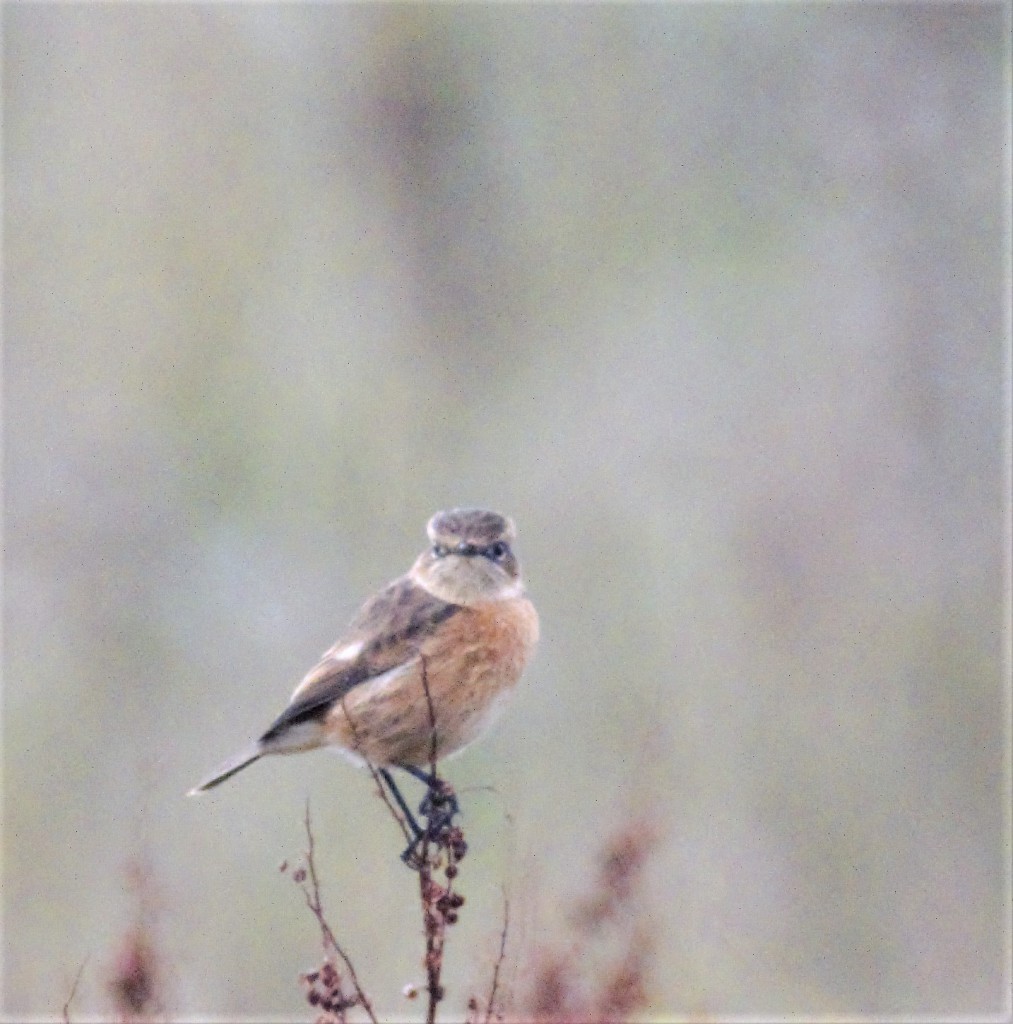
A pair of Willow Tits have been seen on feeders near transect 2 and there is a report of Woodcock being flushed in transect 8.
Mammals
7 Grey Squirrels seen during this month’s survey.

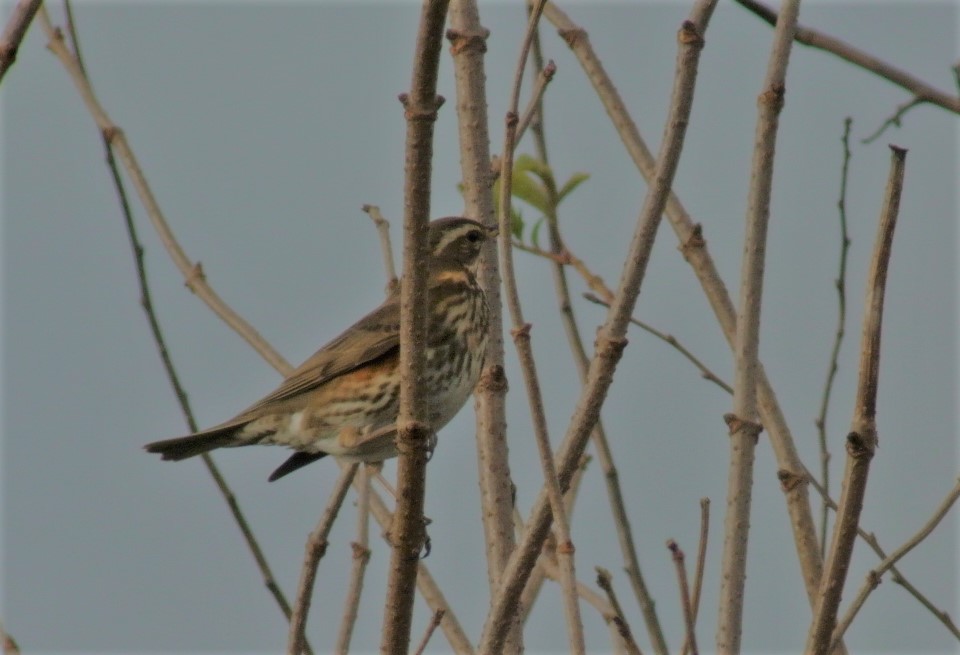
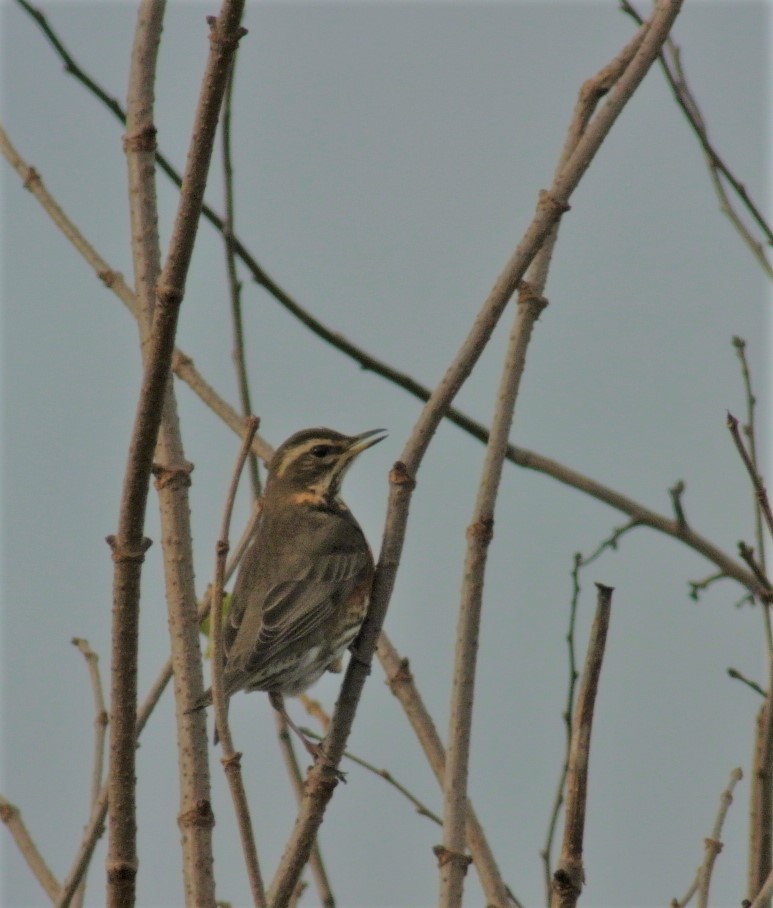

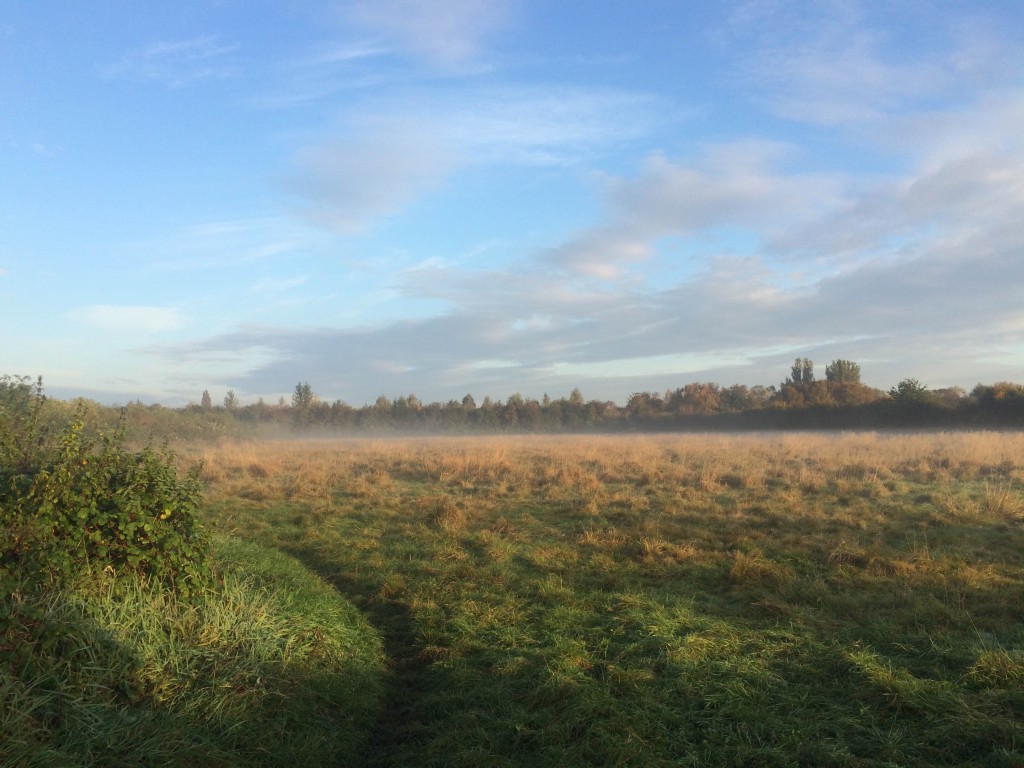












![IMG_20160715_103409181[1]](http://www.newcuttrail.com/wp-content/uploads/2016/07/IMG_20160715_1034091811-225x300.jpg)
